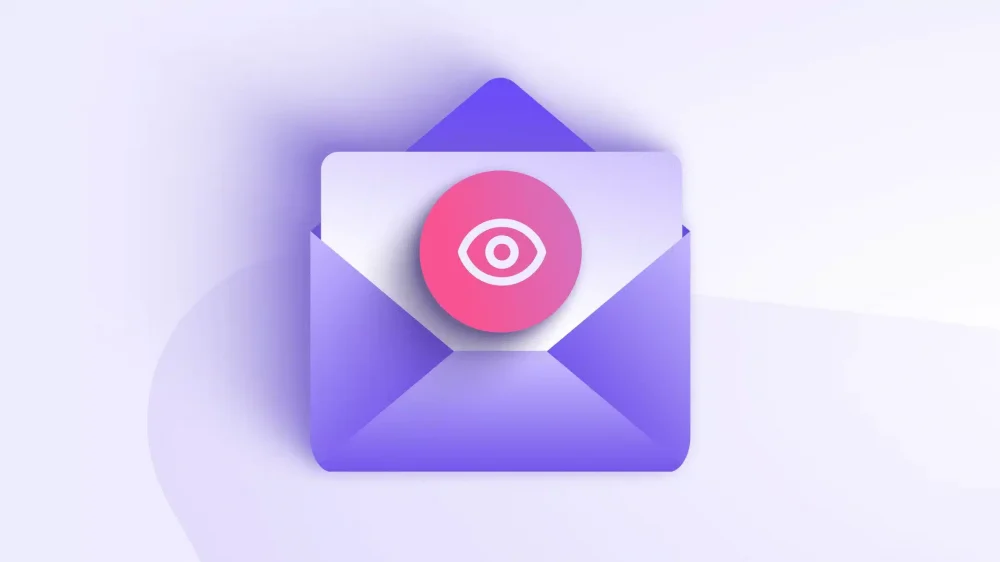Email is still one of the most powerful marketing tools around. Unlike social media algorithms that change overnight or paid ads that stop working once you run out of budget, your email list is something you truly own.
It’s a direct line to people who’ve already shown interest in you, your brand, or your work.
The challenge? Turning that list into a system that runs smoothly, delivers consistent results, and grows your business without requiring your constant attention.
That’s where the idea of a well-oiled marketing machine comes in.
Instead of sending random blasts whenever you remember, you can create an automated, strategic flow that nurtures subscribers, builds trust, and guides them toward becoming loyal customers.
Let’s break down how to make that happen.
Step 1: Understand Why Your Email List Matters More Than Ever
Your email list is your most valuable digital asset. Unlike followers on social media, subscribers have already permitted you to reach their inbox—a place most people check multiple times a day. That’s a big deal. It’s personal, direct, and far less noisy than a feed filled with distractions.
Think about it this way: if all your social accounts disappeared tomorrow, your email list would still be there. It’s your safety net, your foundation, and your most reliable way to stay connected with your audience.
Step 2: Segment Your Audience for Maximum Impact
Not everyone on your list is at the same stage. Some just found you, some are considering your product, and others may already be loyal customers. Treating everyone the same usually leads to one of two outcomes: disengagement or unsubscribes.
That’s why segmentation matters. Group your subscribers based on interests, behaviors, or where they are in the customer journey. For example:
- New subscribers: People who just signed up for your newsletter or freebie.
- Warm leads: Those who clicked links or downloaded content but haven’t purchased yet.
- Customers: Existing buyers who could be nurtured into repeat purchases or referrals.
MailDrip.io makes segmentation easy, so you can send the right message to the right people without adding extra complexity.
Step 3: Build Drip Campaigns That Nurture, Not Nag
A drip campaign is like a guided journey for your subscribers. Instead of overwhelming them with too much too soon, you send a series of emails spaced out over time. Each message builds on the last, creating a natural flow.
For example:
- Welcome Email – A friendly introduction and reminder of what they signed up for.
- Value-Packed Content – Helpful tips, stories, or insights that build trust.
- Social Proof – Testimonials or case studies showing your product in action.
- Soft Offer – A gentle invitation to check out your paid product or service.
- Follow-Up – A reminder or bonus for those still on the fence.
This approach takes the pressure off you to manually send updates and ensures no new subscriber falls through the cracks.

Take Your Emails to the Next Level
MailDrip helps you automate your outreach, nurture leads, and grow your brand with ease. Send the right message at the right time—without the stress.
Sign Up FreeNo Card Required
Step 4: Keep Your Content Consistent and Helpful
Consistency doesn’t mean emailing daily—it means showing up regularly enough that people know what to expect. For some, that’s weekly. For others, twice a month is plenty. What matters is that your emails provide real value every time.
Value can look like:
- A quick tip that saves time or money.
- A behind-the-scenes story that makes your brand feel more human.
- A recommendation or resource your subscribers will appreciate.
With MailDrip.io’s scheduling tools and free templates, it’s easy to stay consistent without spending hours formatting every email.
Step 5: Track What’s Working and Refine
A good machine doesn’t just run—it gets better over time. That’s why tracking matters. Pay attention to metrics like:
- Open rates: Are people interested in your subject lines?
- Click rates: Do your calls to action inspire action?
- Unsubscribes: Are you sending too often or missing the mark on content?
These numbers aren’t just data points—they’re clues about what your audience likes (and doesn’t like). With Pay As You Go options in MailDrip.io, you can test different strategies without committing to expensive monthly plans.
FAQs
How often should I email my list?
There’s no universal answer. The sweet spot is whatever keeps your audience engaged without overwhelming them. Start with once a week and adjust based on response.
What if I don’t have many subscribers yet?
Quality beats quantity. Even a small list can generate results if you nurture it properly. Focus on delivering value and building trust, and growth will follow.
Do I need fancy designs for my emails?
Not at all. Some of the highest-performing emails are simple and text-based. People respond to clarity and authenticity more than flashy graphics.
How do I avoid ending up in spam folders?
Write like a human, not a robot. Avoid overusing salesy words, keep your list clean (remove inactive subscribers), and make sure people have genuinely opted in.
Can automation feel personal?
Absolutely. Automation is about consistency, not coldness. By writing in a warm, conversational tone and segmenting your audience, you can make automated emails feel just as personal as one-to-one communication.
Conclusion
Turning your email list into a well-oiled marketing machine doesn’t happen overnight, but with the right tools and approach, it can run smoothly in the background while you focus on creating, serving, and growing your business. Instead of seeing email as another task on your to-do list, think of it as the engine that drives your long-term growth.
If you’re ready to simplify your email marketing and start building automation that works for you, MailDrip.io can help you take the next step without overwhelm.
So here’s the question: what’s the first improvement you can make to your email list today that will move it closer to becoming your own marketing machine?

